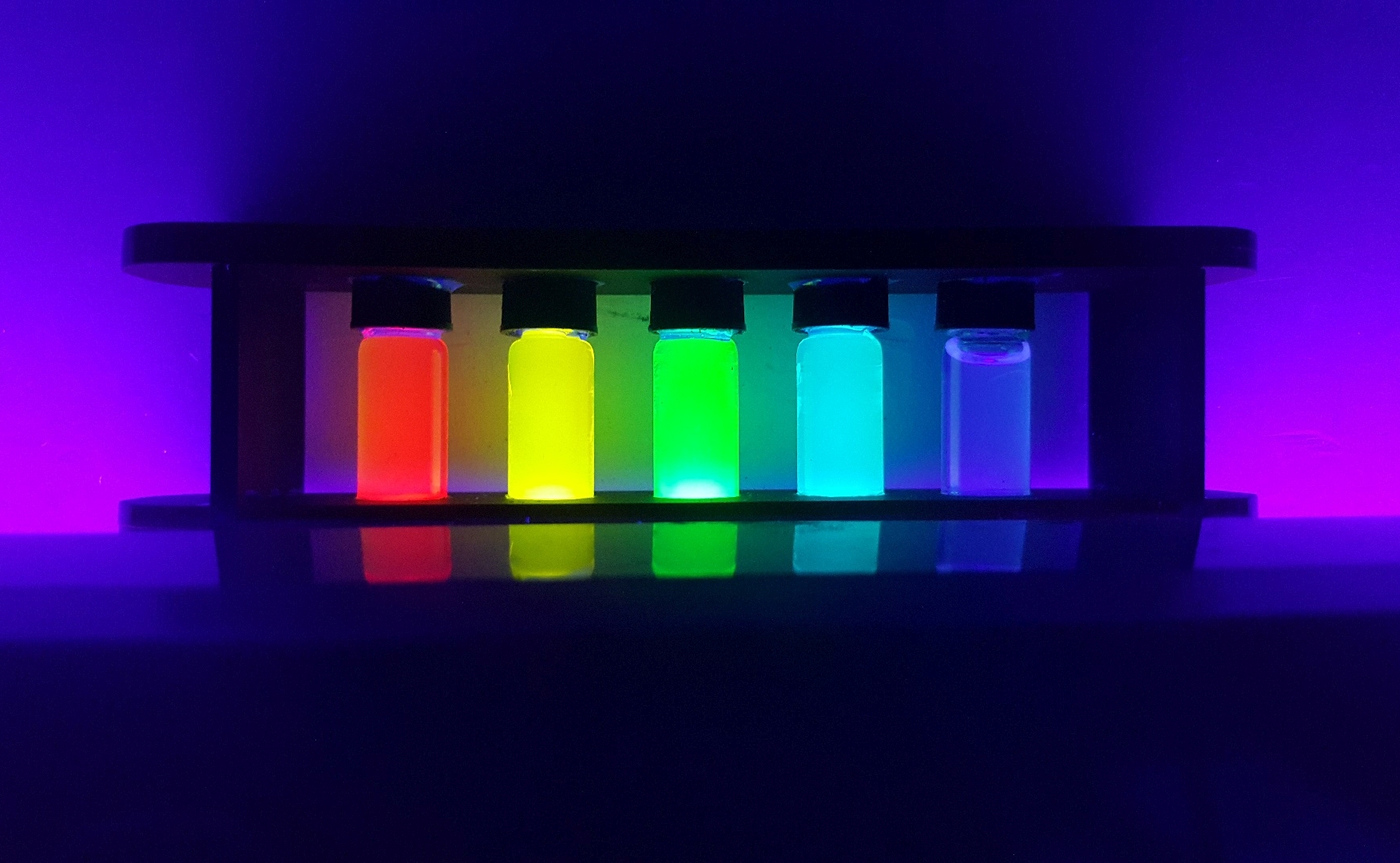
Three scientists will share this year’s Nobel Prize in Chemistry for their discovery of quantum dots, nanoparticles with special electrical and optical properties used in LED televisions and medicine, the Swedish Academy of Sciences’ prize committee announced Wednesday.
But this year’s announcement was marked by an unprecedented surprise, as the names of the phones were leaked in an email that the academy mistakenly sent to the Swedish newspaper Aftonbladet on Wednesday morning.
The academy tried to deny the message, claiming that the winners’ selection meeting had not yet begun.
However, the official announcement confirms the leak.
The Frenchman Monge-Boundy from the Massachusetts Institute of Technology, the American Louis Bruce from Columbia University, and the Russian Alexei Ekimov from the American company NanoCrystals were honored “for their discovery and synthesis of quantum dots.”
Quantum dots “are nanoparticles so small that their size determines their properties. These tiny elements of nanotechnology now give off their light to televisions and LEDs, and can also guide surgeons when removing cancerous tissue, among many other things.
Quantum dots, already used in QLED TVs, are semiconductor nanoparticles that exhibit different properties from larger objects made of the same material due to quantum effects that only occur in small dimensions.
When these dots are exposed to ultraviolet radiation, they emit light whose wavelength, or color, depends on the size of the dots.
In the future, this technology could be used in flexible electronic circuits, small sensors, thin photovoltaic panels, and encrypted quantum communications, the release notes.
Creating such small molecules was previously impossible.
This changed in the early 1980s, when Dr Alexey Ekimov (1961, Paris) created nanoparticles of copper chloride, whose size also affected their color.
A few years later, Mr Louis Bro(1943, Cleveland, USA) demonstrated the appearance of quantum phenomena in nanoparticles moving freely in a liquid.
In 1993, Mr Alexey Ekimov (1945, USSR) devised a chemical method that yields almost perfect molecules, suitable for practical applications.
The announcement of the Nobel Prize in Chemistry comes after the Nobel Prize in Medicine, which honored the pioneers of mRNA vaccines, and the Nobel Prize in Physics, which was awarded to the pioneering inventors of the attosecond laser.
Followed by the Nobel Prize for Literature on Thursday, the Peace Prize on Friday, and the Finance Prize on Monday.
The Nobel Peace Prize is scheduled to be awarded in a separate ceremony in Oslo, Norway, on December 10, while the other prizes will be awarded on the same day in Stockholm.
Each prize comes with a cash prize of around €1 million.

“Hipster-friendly coffee fanatic. Subtly charming bacon advocate. Friend of animals everywhere.”





More Stories
F-16 crashes in Ukraine – pilot dies due to his own error
Namibia plans to kill more than 700 wild animals to feed starving population
Endurance test for EU-Turkey relations and Ankara with Greece and Cyprus